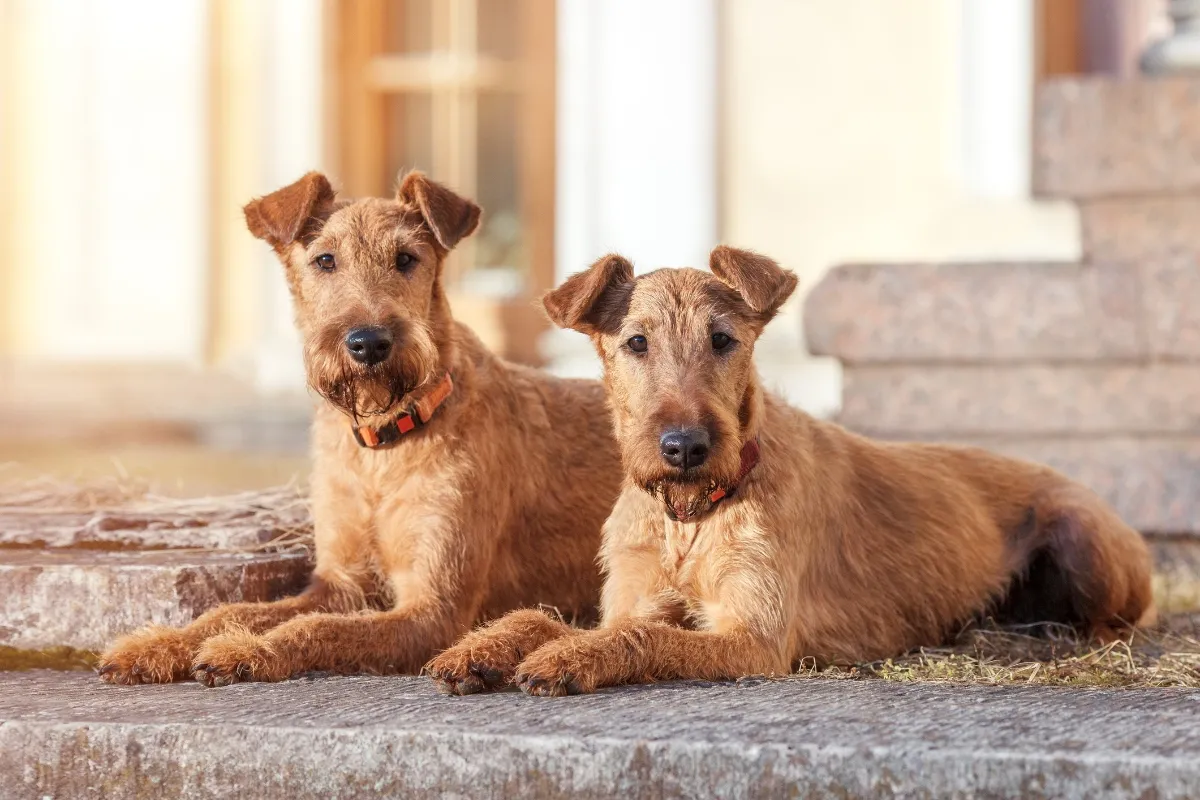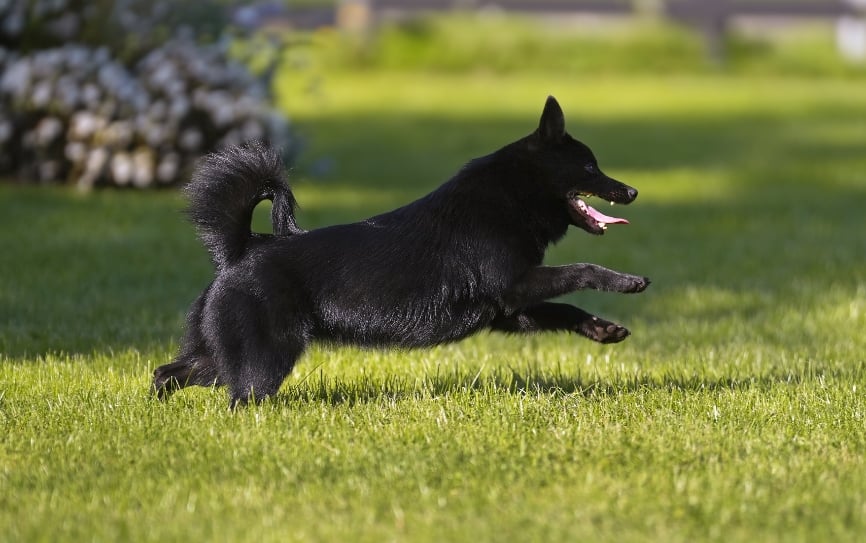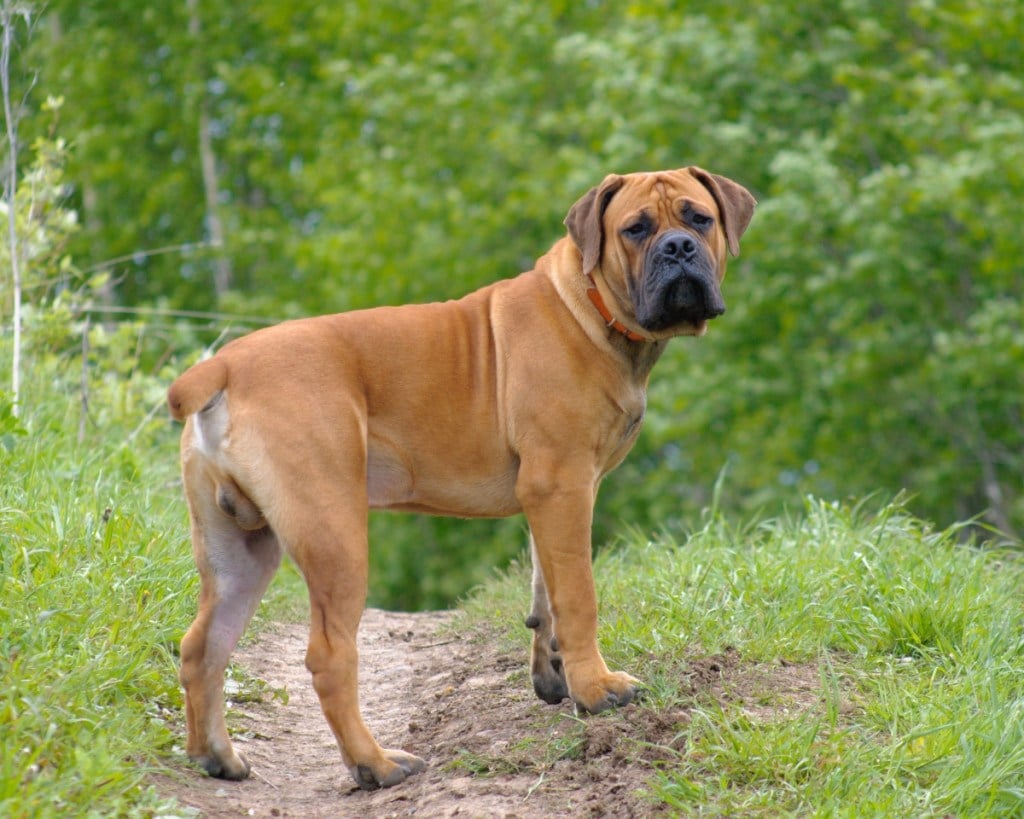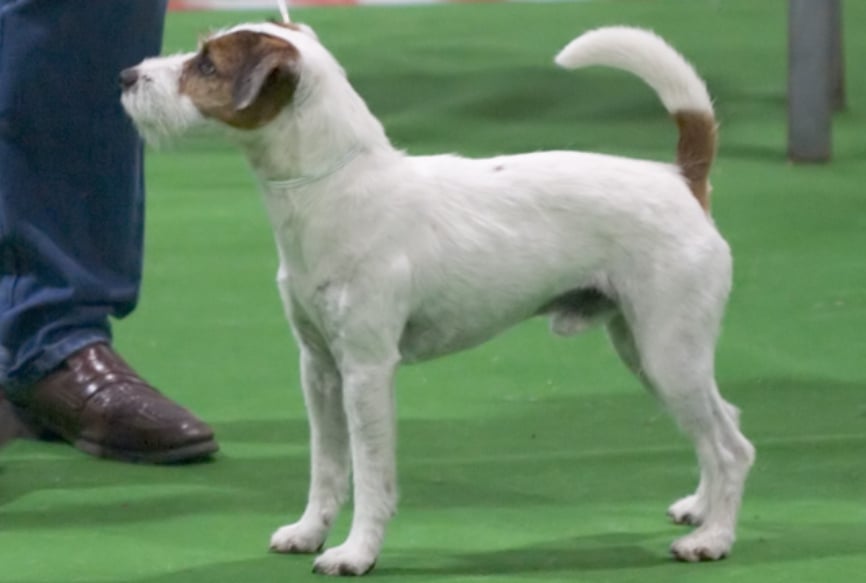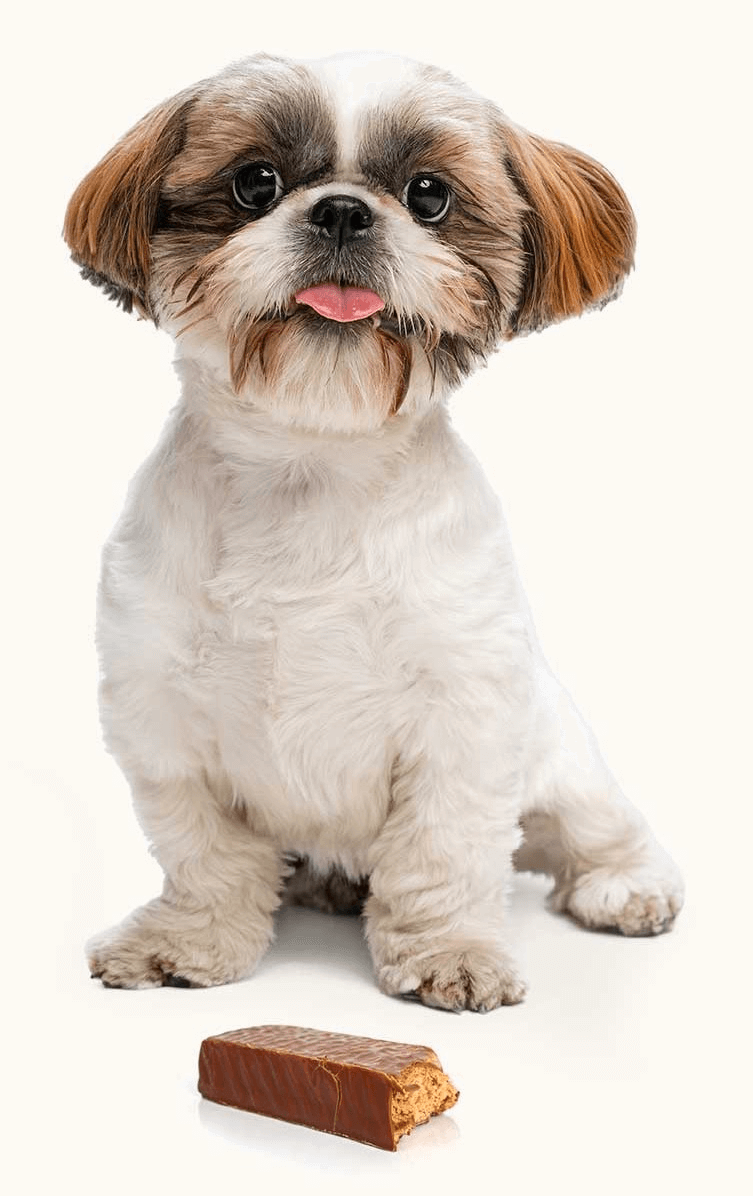Introduction to Irish Terriers
Irish terriers are bold and courageous dogs of medium size and Irish roots. These dogs have a lot of personality and loyal temperament. Their high energy requires regular daily exercise, but their wiry coat doesn’t require frequent grooming.
These dogs are generally healthy but are prone to certain health conditions, which you can address proactively by signing your Irish terrier up for pet health insurance. This breed guide covers everything you need to know about the Irish terrier, including personality, care, feeding, grooming, training, and more.
Size of Irish Terriers
The Irish terrier is a medium-sized dog breed that is versatile and adaptable. Fully grown male Irish terriers should weigh about 27 pounds, and females weigh around 25 pounds, although bigger dogs are possible too. Adult dogs stand approximately 18 tall, regardless of gender. These dogs are typically done growing around one year of age.
Here’s how big you can expect a typical Irish terrier to get as the dog grows from puppyhood to adulthood:
| Weight Chart | 3 months | 6 months | 9 months | 12 months |
| Male and Female Irish terriers | 10 – 15 lbs. | 20 – 25+ | 25 – 27+ lbs. | 25 – 27 lbs. is ideal but heavier is possible |
Characteristics of Irish Terriers
The most common characteristics of an Irish terrier are intelligent, lively, rugged, and loyal. These dogs are affectionate with their family members but often prefer to be the only pets in a home.
They make good watchdogs and family companions because of their versatile size and abilities. You’ll need to plan to have someone home during parts of the day because Irish terriers don’t like being left alone for too long.
As you get to know an Irish terrier’s personality, here’s what you can expect based on the breed characteristics:
| Breed Characteristic | Level (High, Medium, Low) |
| Affectionate with People | Medium |
| Good with Kids | High |
| Good with Pets | Low |
| Need for Exercise | High |
| Energy Level | High |
| Intelligence Level | High |
| Able to Be Trained | Low |
| Amount of Barking | Medium |
| Amount of Shedding | Low |
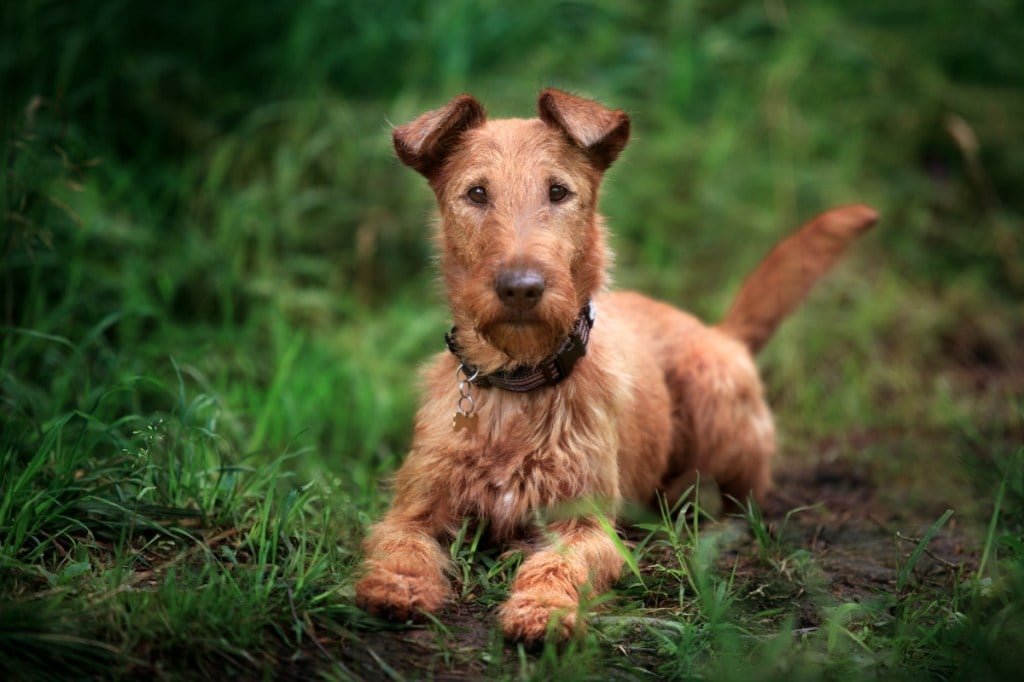
History of Irish Terriers
As their name suggests, Irish terriers came from Ireland and were rural farm dogs that served many purposes in the past. These clever and spirited dogs can do many different jobs and have been trusted as ratters, watchdogs, flock guardians, and hunting companions for land and lake expeditions.
The history of the breed dates back to around the 1870s. An early Irish terrier appeared in a dog show in Glasgow, Scotland. There was some controversy with the breed because the dogs’ ears were initially cropped, but cropping was later outlawed if shown under kennel club rules in Britain.
The American Kennel Club first recognized the breed in 1885. The dogs served as sentinels and messenger dogs during World War I. An Irish terrier was featured in a 2007 movie, Firehouse Dog, boosting the breed’s popularity.
Irish Terrier Standard Information
At dog shows, where Irish terriers often excel, individuals are compared to an ideal breed standard accepted by official authorities for judging. For example, Irish terriers must show fire and animation in a competition to match the breed’s characteristic “daredevil” demeanor.
Here is an overview of the breed standard information for Irish terriers:
Head:
- Long but in proportion to the rest of the body
- Teeth are strong, even, and white
- Lips are close, well-fitting, and almost black
- Nose is black
- Eyes are dark brown, small, and full of life and intelligence
- Ears are small and V-shaped
Neck, Topline, Body:
- Neck is of fair length and gradually widens toward the shoulders
- Shoulders are fine, long, and slope well into the back
- Body is moderately long, strong, and straight
Feet and Legs:
- Feet are round, moderately small, and with arched toes
- Dark toenails
- Pads are deep and free from corns
- Legs are free from feather and covered with hair like elsewhere on the body
Hindquarters:
- Strong and muscular hindquarters with powerful thighs
- Hocks are near the ground
- Stifles are moderately bent
Coat:
- Dense and wiry texture for the outercoat
- Coat lies close to the body
- Should be finer, softer hair that is lighter for the undercoat
Color:
- Whole-colored as bright red, golden red, red wheaten, or wheaten
- A small white patch on the chest is permissible
- No white on any other part of the body
- Some puppies are born with black hair, but that disappears before adulthood
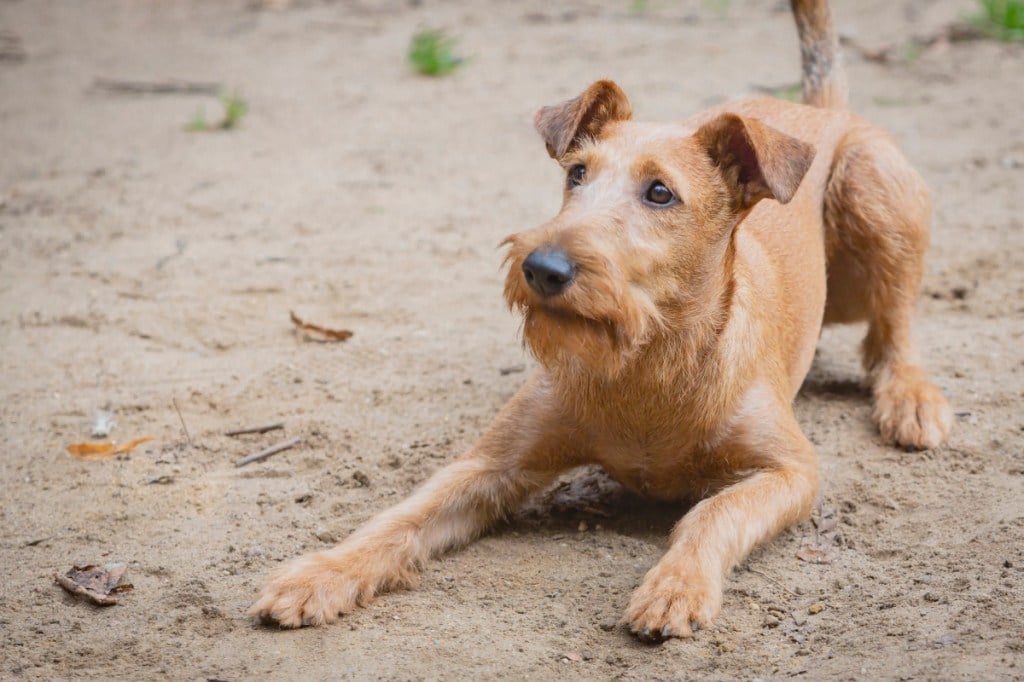
Caring for Irish Terriers
Irish terriers love being involved with their families and have energetic personalities that match active adults and kids well. These dogs like being the only dog in the household and aren’t generally the best with cats.
They were bred to hunt small animals and love to chase wildlife, neighborhood animals, and other family pets, particularly if they aren’t well-socialized and trained. Irish terriers are eager to learn but can be challenging to train because they’re independent thinkers with a high prey and chase drive.
Here are some general tips for taking the best care of an Irish terrier:
Best Living Environments:
- Homes with fenced yards
- Fencing and landscapes to prevent digging and escaping
- Not ideal apartment dogs
Type of Exercise:
- At least 60 to 90 minutes of daily exercise
- Hiking with family members
- Playing fetch
- Long neighborhood walks
Mental Enrichment:
- Agility training
- Obedience training
- Rally
- Flyball
- Barn hunt
Training Strategies:
- Socialize puppies early and consistently
- Eager to learn, so make training sessions fun
- Provide plenty of mental stimulation to prevent boredom
Grooming Tips:
- Brush coat weekly
- Strip the coat by hand a couple of times per year to keep a hard texture and bright color
- Companion dogs can have their coats clipped or left unclipped
- May be tolerable for people with allergies
- Brush teeth daily
- Clip nails when you hear them tapping on the floor
- Some dog show families glue or tape Irish terriers’ ears to achieve a perfect V-shape
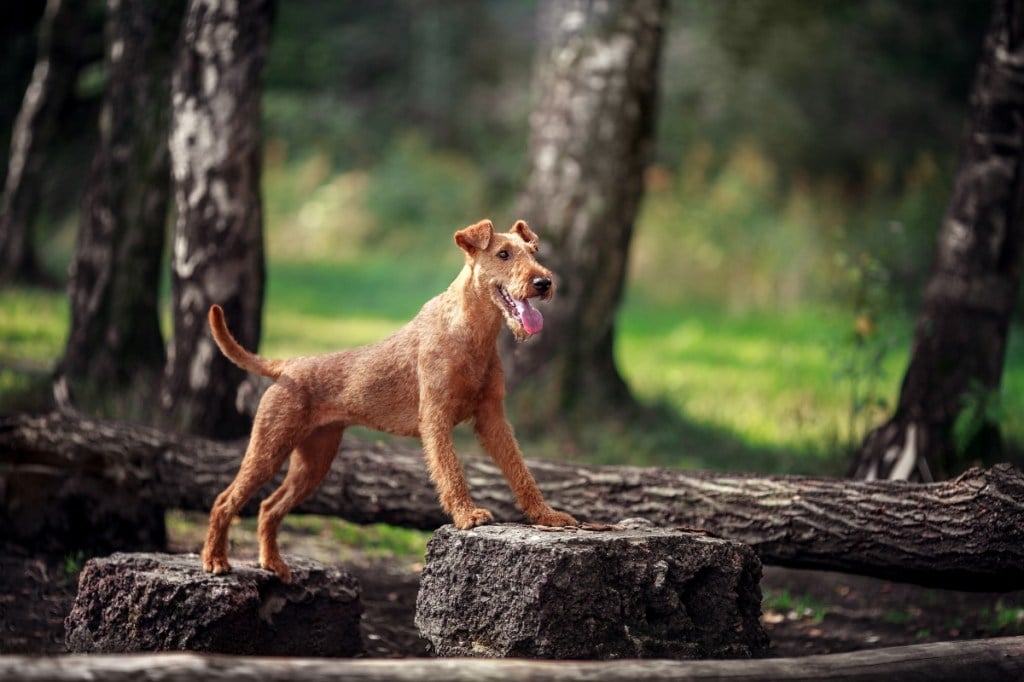
Common Health Problems of Irish Terriers
The average lifespan for an Irish terrier is 13 to 15 years. These healthy, long-living dogs enjoy happy lives with their family members.
However, they are also prone to specific medical concerns because of their breeding and genetics. If you purchase your dog from a breeder, ensure you are working with a reputable one so that you get the healthiest dog possible.
These are some health issues that can arise with Irish terriers:
- Hip dysplasia
- Elbow dysplasia
- Von Willebrand’s disease
- Hypothyroidism
- Progressive retinal atrophy
- Cataracts
- Darier disease
- Degenerative myelopathy
- Hyperkeratosis (cracked and hardened foot pads)
- Cystinuria (causes bladder stones)
Diet and Nutrition for Irish Terriers
Most adult Irish terriers will thrive when eating high-quality, nutritionally complete and balanced dog food. Puppies should eat puppy food until they are 10-12 months old. If you feed your Irish terrier homemade dog food, make sure you are working from a recipe that is designed by a veterinary nutritionist and appropriate for your dog’s age and health status.
Feed the amount of dog food needed to keep your pet slim. You should be able to see your Irish terrier’s waist and feel (but not see) their ribs without having to press too hard. In general, puppies need more calories per day than adults, but a dog’s needs will vary with his or her activity level and other factors. Canine obesity is an issue in many households and can actually shorten the lifespan of an otherwise healthy Irish terrier.
Don’t leave food out all day for an Irish terrier to graze on. Divide the total amount of food for the day into at least two meals for adults and three to four meals for puppies. Place the food out in a bowl at approximately the same time in the morning and evening each day.
Talk to your veterinarian if you have any questions about your Irish terrier’s diet or health.
Where to Adopt or Purchase Irish Terriers
The Irish Terrier Club of America is the national parent club for this breed and a resource for people looking for purebred dogs. The club provides information about the breed’s health, a breeder directory, a regional clubs directory, and event details. It also has a rescue fund supported by members and public donations.
The Irish Terrier Rescue Network is a nonprofit charity dedicated to rehoming abandoned and neglected dogs of this breed. You can also search for adoptable Irish terriers near you on Adopt a Pet, Rescue Me, and PetFinder.
Related Breeds
Irish terriers are unique dogs but also a breed that shares common characteristics with various other types of dogs. Here are some additional dogs to consider if you like what you’ve been learning about Irish terriers:
- Kerry blue terrier
- Lakeland terrier
- Airedale terrier
- Soft-coated wheaten terrier
- Glen of Imaal terrier
Pet Insurance for Irish Terriers
To take the best care of Irish terriers and be prepared for any injuries and illnesses that may come their way, many pet parents trust Healthy Paws for their pet insurance needs. Our easy-to-understand pet insurance plan covers emergency and specialty hospitals, hip dysplasia, chronic conditions, cancer, hereditary and congenital conditions, and alternative care.
You can take your Irish terrier to any licensed vet you trust and enjoy a speedy claims process once you submit vet bills to us through our website or app. We offer flexible premium and deductible options with no enrollment or administrative fees for Irish terrier pet parents.
For your Irish terrier health insurance quote, please tell us a few details about your pup so we can provide your rates.
We look forward to giving you peace of mind that you’ll always be able to do what’s best for your Irish terrier, regardless of the cost of care.
